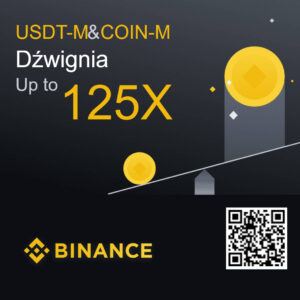Rate NEO 0,00004030 BTC
Change (24h): -3,03%
Calculator NEO / BTC
How is 1 NEO?
| NEO | 0 BTC | |
| BTC | 0 NEO |
Team
- No data
Another prices
- SUSHI 1.300002 USDT 0,00%
- XRP 1.5777 EUR -0,03%
- COMP 0.0022 BTC 0,00%
- MATIC 1.495 PLN 0,00%
- ZEC 363 EUR 0,00%
- MFT 0.005254 USDT 0,00%
- LTCDOW 0.0581 USDT inf%
- AUDIO 0.00000033 BTC 0,00%
- STMX 0.00000016 BTC 0,00%
- TUSD 0.9992 USDT 0,01%
Do you know how buy NEO?
Description
Do you have account on KryptoBot?



